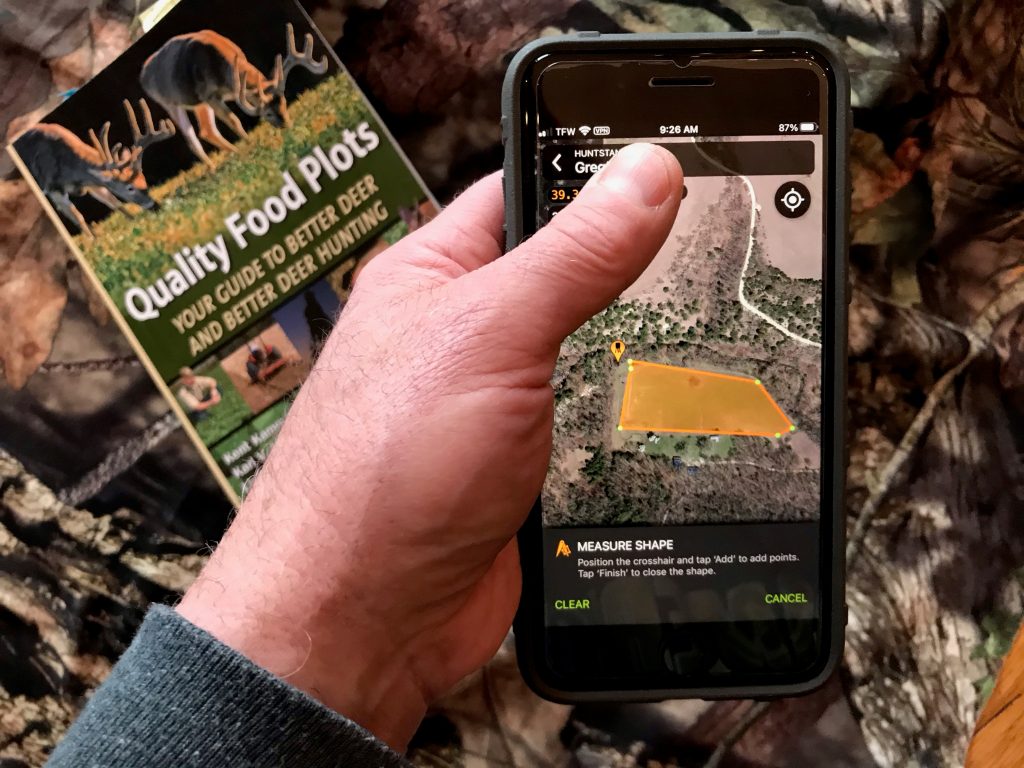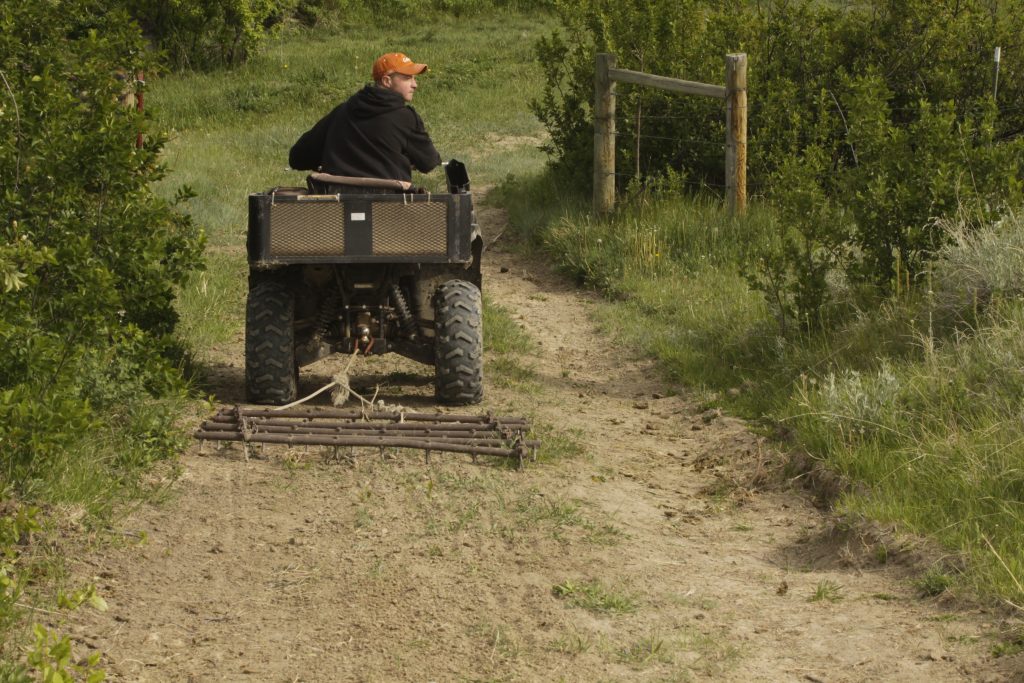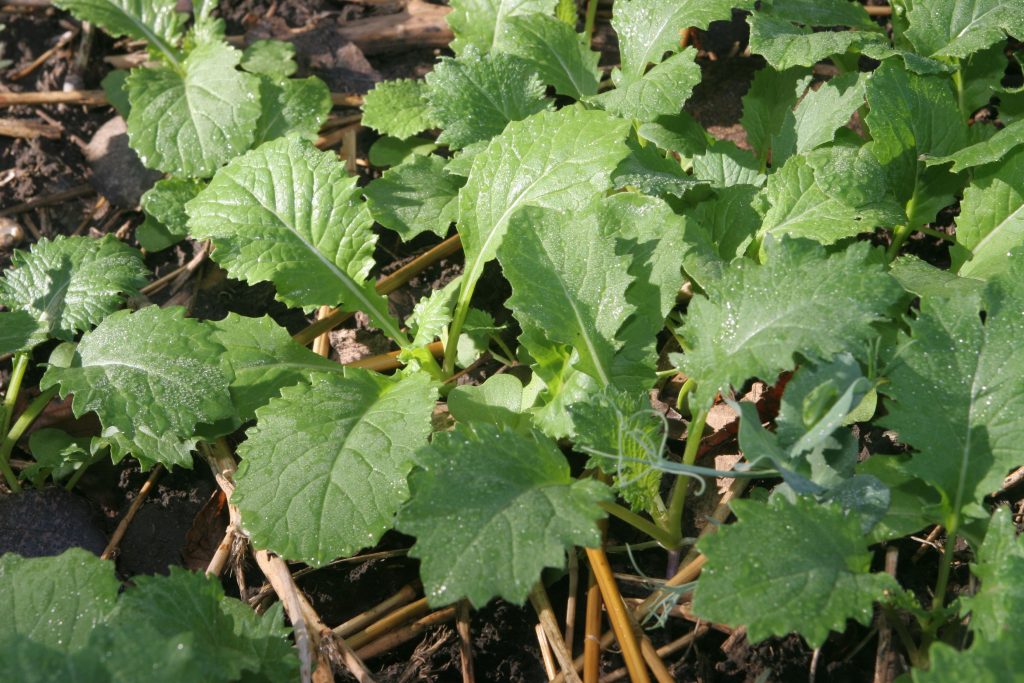Food Plots without a Tractor
Property management has exploded, but everyone does not have access to $100,000 or more in farming equipment. You can still green up a property even without an expensive tractor. ATVs, your truck and even sweat equity all have the power to create nutritional magnets on a property.
Plan a Plot
Before you literally dig into a food plot project, do the research. Your climate, soil, latitude location and other factors all affect how well your plot will succeed. Seek out a successful wildlife property neighbor, nearby farmer or visit with your local Natural Resources Conservation Service office. Explain to them your goal and listen to their suggestions. They have experience with soil, seed options, fertilizer and planting locations.
Depending on your objective and size of the area to be planted, they can offer crop options, plus may suggest a soil test to determine if the ground requires an application of lime to meet pH levels. Despite the increase in farming costs, the good news is that your small plot requires less of everything thus minimizing expenses. A proven hunting app like HuntStand offers measurement tools to precisely measure acreage for accurate farm product purchases.

An important part of planning is to make sure any plot has sufficient sunlight and sits in an area deer have no aversion to visiting. A small plot scratched in a wooded setting may fail due to lack of sunshine. Tilling a small plot near a busy county road may feed whitetails after dark, but provide little in hunting assistance during shooting hours. Think location through thoroughly.
Disturb the Land

Begin with horsepower if available. An ATV, UTV or a pickup truck can work to help disturb the land. You may already have this horsepower available. A tailored farm implement, like those from Plotmaster, provides the work to prepare and plant. You could get into these smaller implements for under $5,000. If that still is out of the budget, visit farm friends and see if they have abandoned drag sections they would part with. These ground scratchers can disturb soil, especially after rain, and allow you to hand seed. Drag over it again and your plot is ready.
If an expensive gasoline-powered alternative is out of the question, consider using your brawn. Human strength, combined with a stiff-tined rake, disturbs soil so seed can slip below the surface. You also have the option to clear the vegetation with a handheld weedeater or mower, Scratch with a rake and reuse the rake to cover seed later with dirt, and forest duff like leaves.
Mix Up the Recipe
What you plant, when you plant it and how you nurture it depends on the advice of experts in your area. Nevertheless, winter wheat, buckwheat, clover, brassicas and other hardy food plot crops can easily be planted with minimal equipment, or even by hand. Again, utilize the advice of experts in your ZIP code. They have experience.

What, when and how much fertilizer you add is important as it boosts the overall productivity of most plots. You should also time any planting to just before rain to ensure the crop receives a jumpstart from Mother Nature.
You may want to put in two or more plots in to relieve browsing pressure on a single source. This will allow some of the crops to reach maturity as opposed to one location being constantly targeted by game species.
It does not take a tractor to add nutritional incentives to a property. You may have everything you need already in your shed, so start planning and forget about the tractor.
CONNECT WITH US
National Wild Turkey Federation
770 Augusta Road, Edgefield, SC 29824
(800) 843-6983
National Wild Turkey Federation. All rights reserved.
